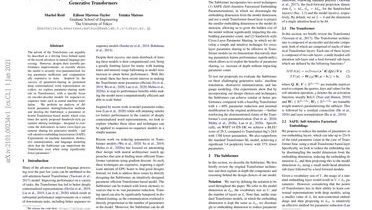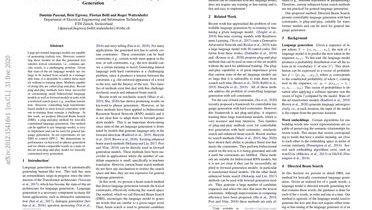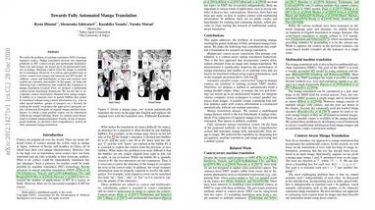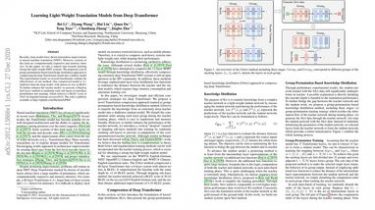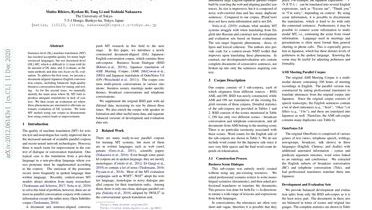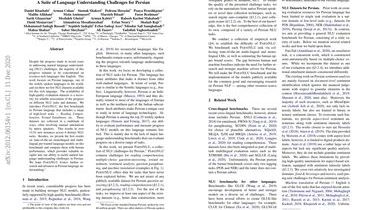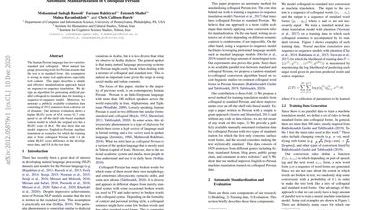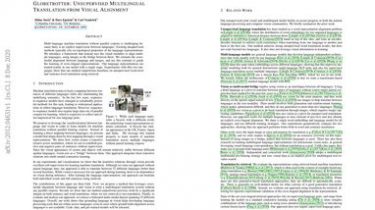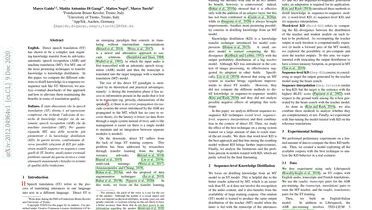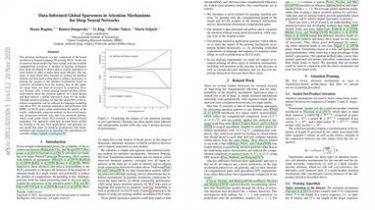Subformer: Exploring Weight Sharing for Parameter Efficiency in Generative Transformers
The advent of the Transformer can arguably be described as a driving force behind many of the recent advances in natural language processing. However, despite their sizeable performance improvements, as recently shown, the model is severely over-parameterized, being parameter inefficient and computationally expensive to train… Inspired by the success of parameter-sharing in pretrained deep contextualized word representation encoders, we explore parameter-sharing methods in Transformers, with a specific focus on encoder-decoder models for sequence-to-sequence tasks such as neural machine translation. We […]
Read more